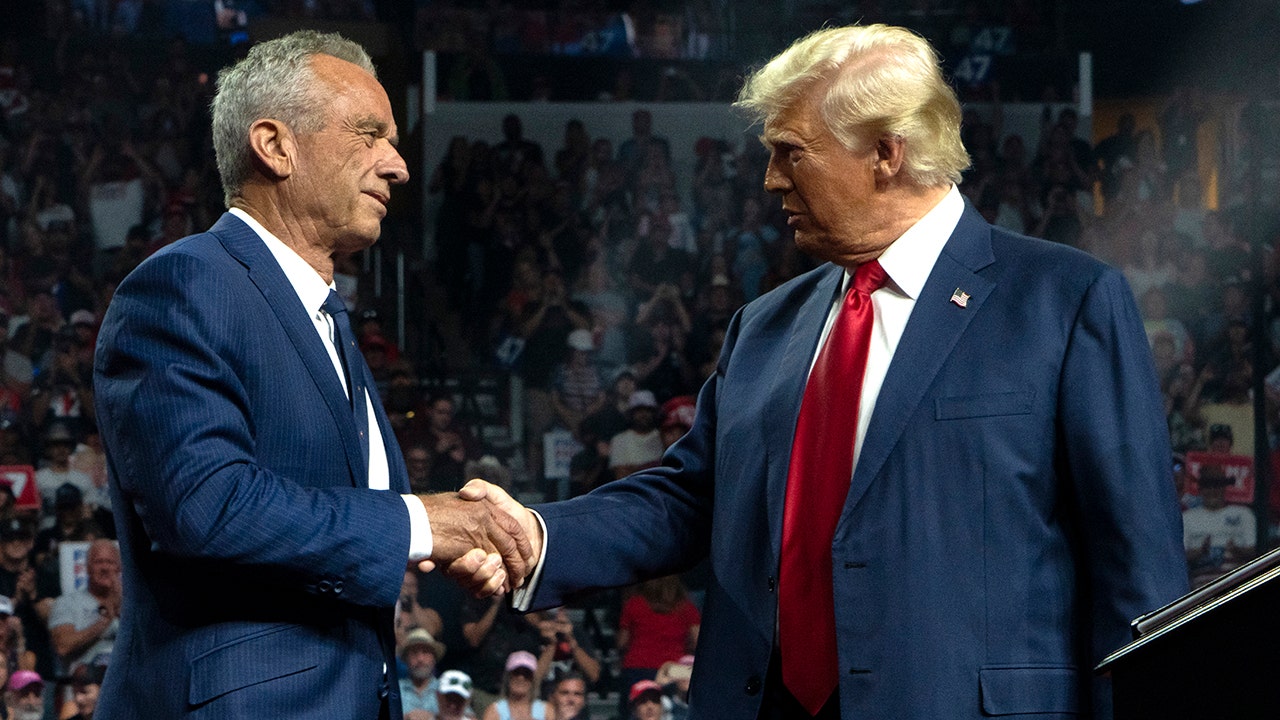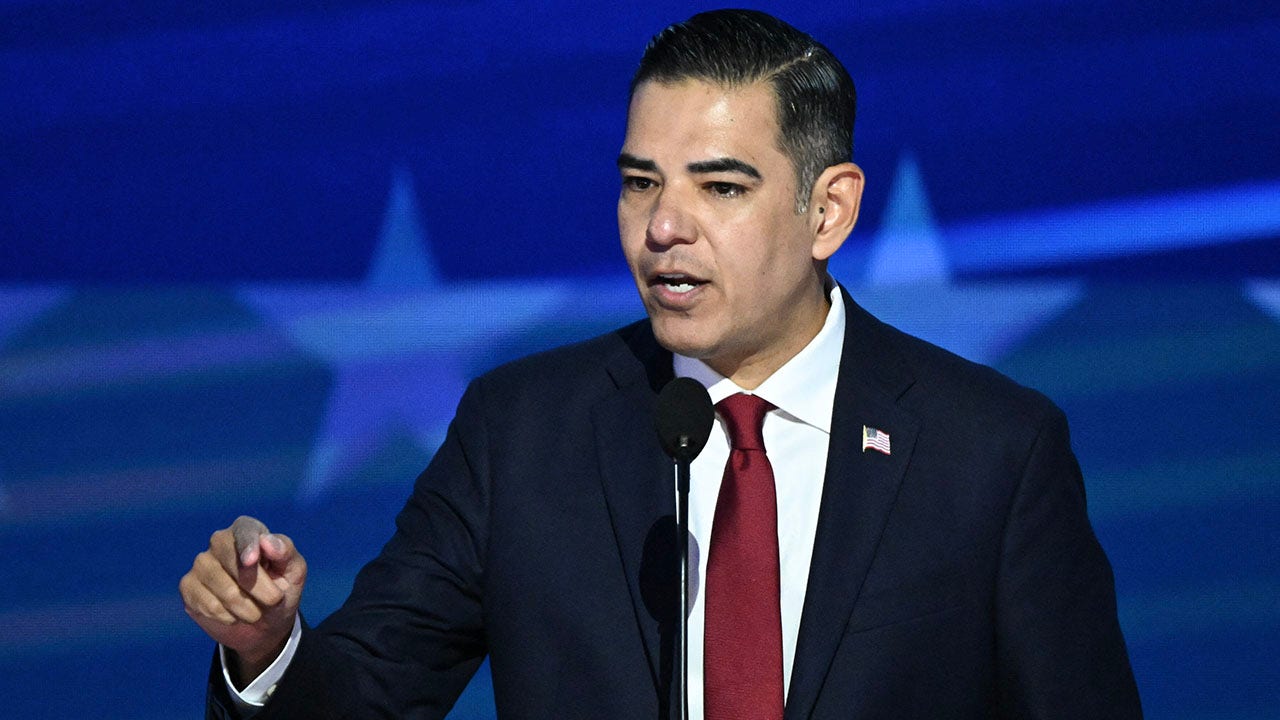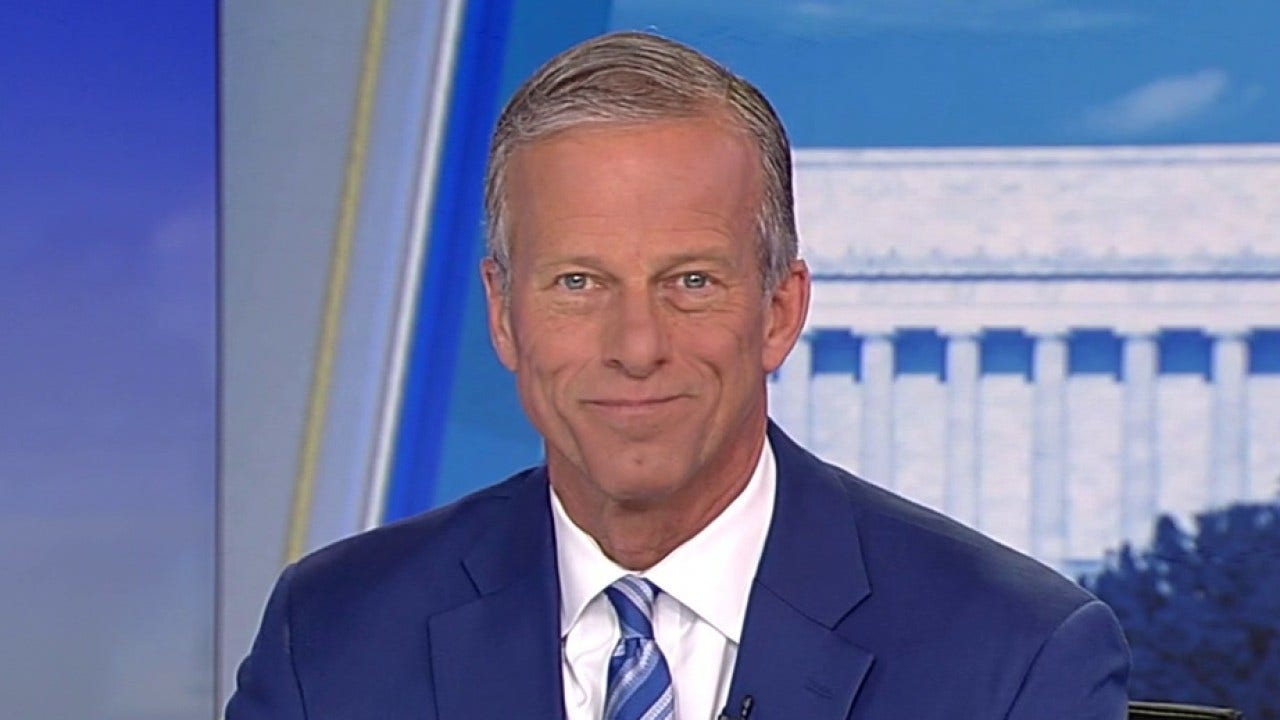Hezbollah relies on ‘sophisticated’ tunnel system backed by Iran, North Korea in fight against Israel

Despite Israel’s nearly one-year-long war with Hamas in Gaza after the Oct. 7 attacks, security experts continue to sound the alarm that Jerusalem’s greatest threat actually lies to the north in Lebanon, where Hezbollah has developed a sophisticated tunnel system.
Hezbollah, an Islamic terrorist organization that has long had the backing of Iran, has over the last two decades developed a network of tunnels that stretch more than 100 miles in cumulative length throughout southern Lebanon.
Though the existence of the tunnels has been known for decades, the significant role they play in arming Hezbollah has once again come to light during the Israeli-Hamas war in Gaza, where terrorists have not only relied on tunnels for operational rearmament and maneuvering capabilities but also to house hostages taken by Hamas nearly a year ago.
While it is estimated that the Israel Defense Forces (IDF) have eradicated roughly 80% of Hamas’ tunnels, Hezbollah’s tunnels, which have largely remained untouched since the war in Gaza began, are believed to be far more sophisticated and “significantly larger,” according to a report by the Alma Research and Education Center, a nonprofit organization that researches Israeli security challenges along its northern border.
NETANYAHU HITS BACK OVER GLOBAL PRESSURE TO MAKE CEASE-FIRE CONCESSIONS, SAYS DEMANDS ARE ‘IMMORAL’, ‘INSANE’
Hezbollah is believed to have begun mining its tunnels after the Second Lebanon War in 2006 in close coordination between Iran and North Korea after Tehran reportedly derived “inspiration” from Pyongyang and the tunnels that it developed in the aftermath of the Korean War.
Iran deemed North Korea a “professional authority on the subject of tunneling” due to its experience in digging tunnels for military use when it attempted to drill tunnels across the Korean Demilitarized Zone in an attempt to militarily invade areas just north of Seoul, the capital of South Korea.
While the tunnels and their intended use were never realized by the authoritarian nation, two of the four neutralized tunnels uncovered were reportedly capable of accommodating up to 30,000 troops per hour along with armaments like armored personnel carriers, tanks and field artillery – an operational blueprint Hezbollah has turned to in its fight against Israel.
The report found that Hezbollah under the advisership of North Korea – a relationship that may have begun as far back as the 1980s – built two types of tunnels across southern Lebanon, “offensive tunnels and infrastructure tunnels.”
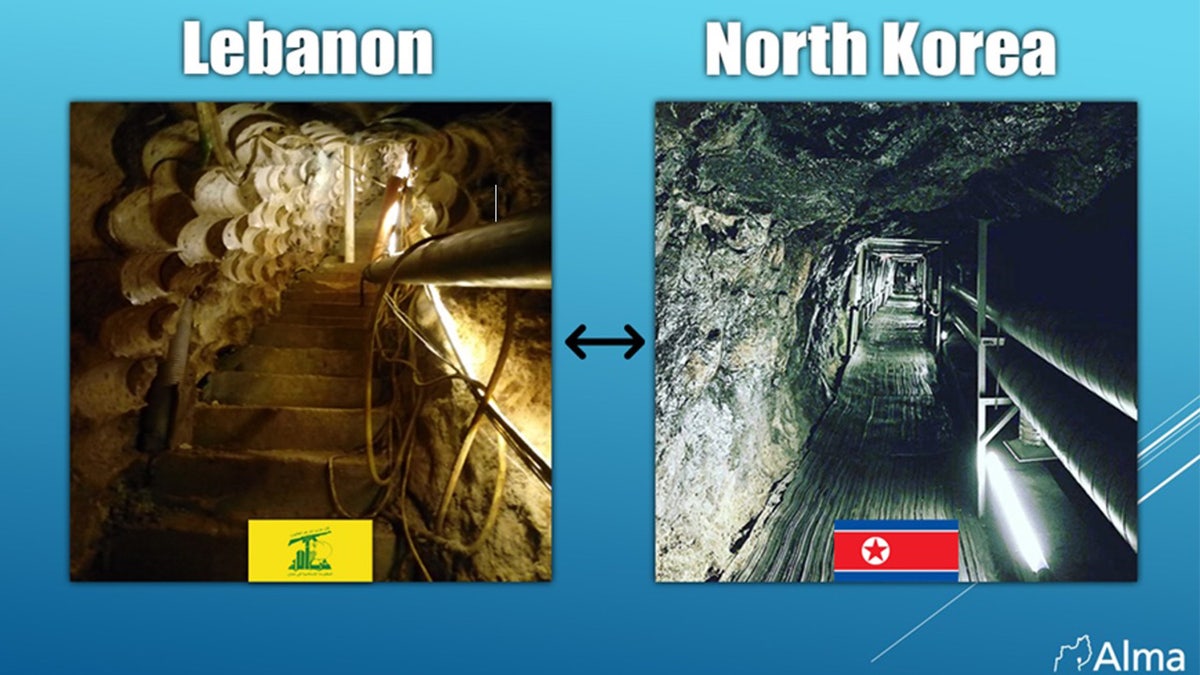
The offensive tunnels were intended for similar operational use as North Korea’s, and at least six tunnels were discovered by IDF forces that led into Israeli territory during Operation Northern Shield, which began in December 2018.
Alma’s research found that some of Hezbollah’s tunnels are also capable of transporting ATVs, motorcycles and other “small vehicles,” though it did not specify the number of terrorists that they could accommodate.
The tunnels are equipped with “underground command and control rooms, weapons and supply depots, field clinics and specified designated shafts used to fire missiles of all types,” the report said, noting that arms like rockets, surface-to-surface missiles, anti-tank missiles and anti-aircraft missiles can be fired from “shafts” in the tunnels. “These shafts are hidden and camouflaged and cannot be detected above ground.”
DOJ CHARGES HAMAS LEADERS OVER ‘TERRORIST ATROCITIES’ IN OCT 7 ISRAEL ATTACK
The tunnels are believed to connect the capital of Beirut, where Hezbollah’s central headquarters is located and its logistical base in the Beqaa Valley near the Syrian border, to southern Lebanon.

“We call this inter-regional tunnel network ‘Hezbollah’s Land of the Tunnels,’” the Alma report first released in 2021 detailed, noting the tunnel system is more akin to a “metro” of tunnels rather than one long tunnel.
The second series of tunnels Hezbollah mined, known as the infrastructure tunnels, form an underground network in and near southern Lebanese villages that establishes the first and second “lines of defense” against an Israeli invasion – a project of “enormous magnitude,” according to the Alma report.
One such tunnel is estimated to be nearly 28 miles long, prompting the question as to how the terrorist organization was able to get away with building such a sophisticated system without opposition from the Lebanese government.

“Hezbollah does try to keep the locations, routes, internal structure, etc., of these tunnels a secret. [It] does this by expropriating territories, by preventing civilians from entering into certain areas and by taking advantage of [its] presence and influence in the government,” Boaz Shapira, a researcher with Alma, told Fox News Digital.
Shapira said Hezbollah not only has the support of roughly 40%-50% of the Lebanese population, it is “much better funded, organized, trained and armed” than the Lebanese government, army, police or even the United Nations Interim Force in Lebanon, which has a force of some 10,500 peacekeeping troops in Lebanon and that were put in place after the 2006 war.
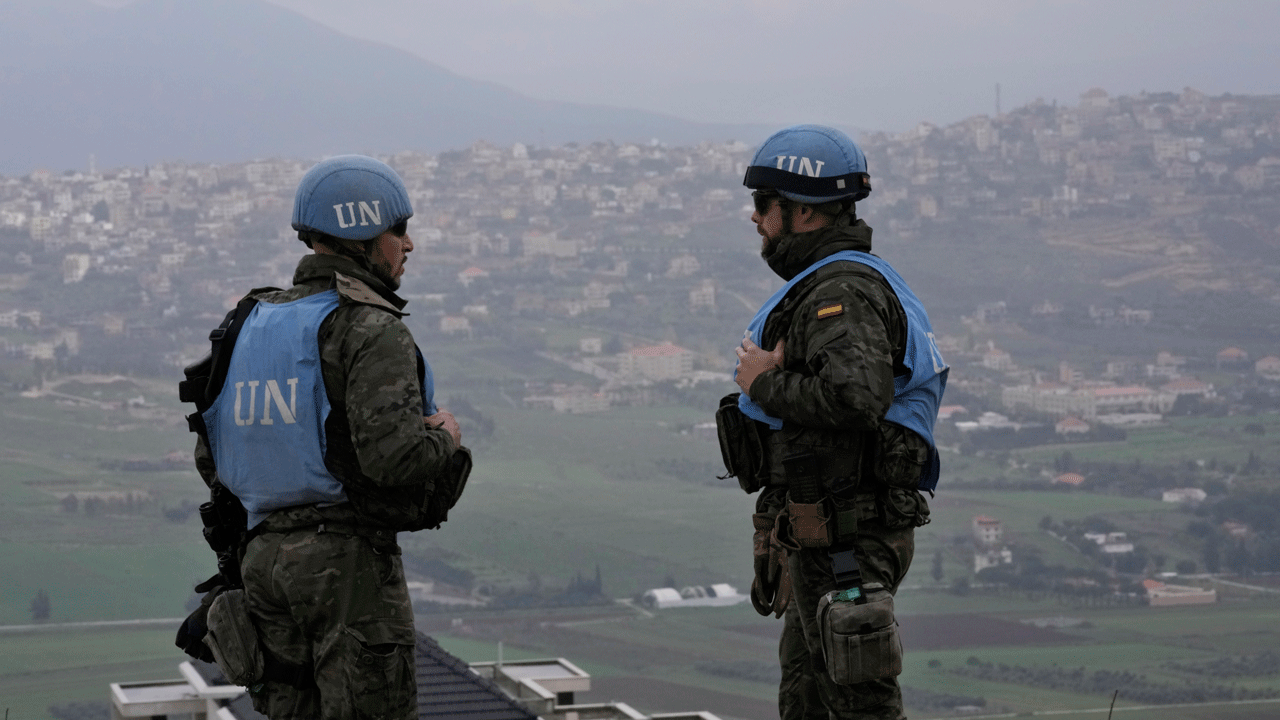
Hezbollah’s cooperation with authoritarian nations like Iran and North Korea has long made it a major threat to Israel.
But its growing power within Lebanon has moved it to the top of the list when it comes to Israeli security threats, according to not only Shapira but also former IDF Major Gen. Yaakov Amidror.
“Lebanon’s government is too weak to counter Hezbollah,” Amidror told Fox News Digital. “Everything important is decided by Hezbollah, not by the government.”
HEZBOLLAH OPERATIVES KILLED IN ISRAELI AIRSTRIKES AS TERROR GROUP FIRES 100 ROCKETS AT JEWISH STATE
Hezbollah is believed to have as many as 50,000 terrorists and, according to Shapira, its sphere of influence has extended to nearly every branch of Lebanon’s security apparatus.
“Taking action against Hezbollah would be perceived as cooperation with Israel and basically as treason in Lebanon, and in the past year also against the Palestinians,” he said. “That means that no one in the army has any incentive for challenging Hezbollah.”
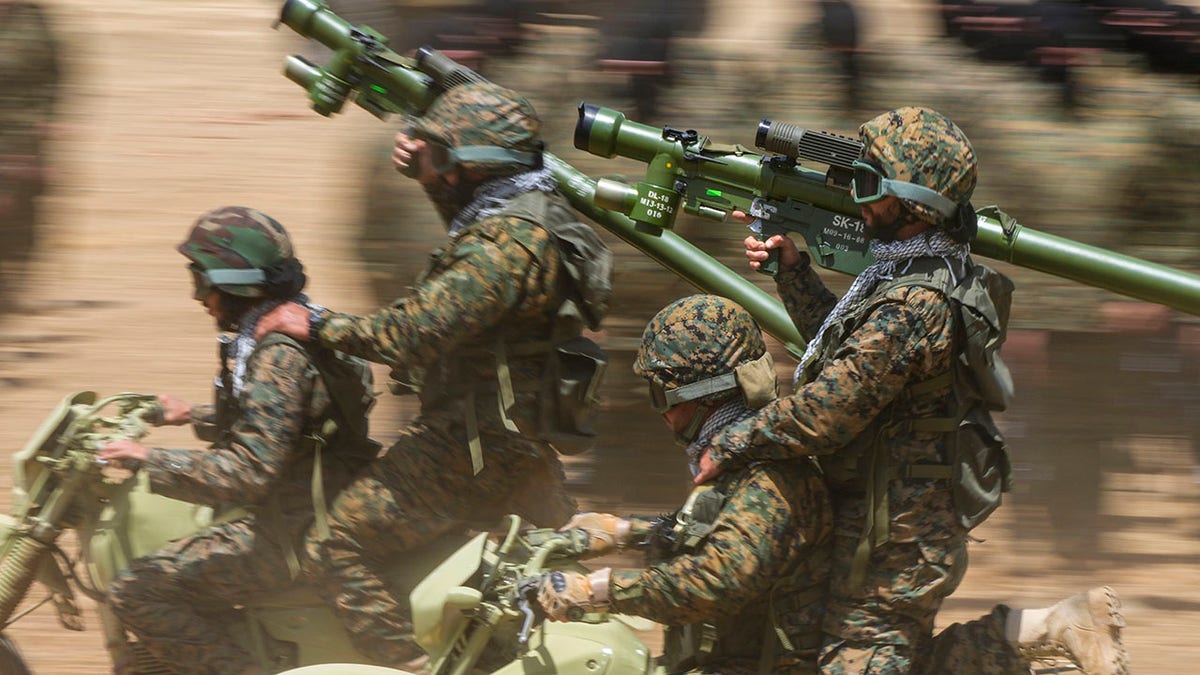
Shapira said demographics inside the once predominately Christian nation have shifted over the last several decades, and it now has a majority Muslim population – though the U.S. State Department analyzes the breakdown in Muslim populations in Lebanon as nearly equally divided between Shiite and Sunni groups.
“This trend is happening in the army as well. That means that almost every Shiite soldier in the army has a brother, cousin, friend that is a Hezbollah terrorist,” Shapira said.
Amidror, a distinguished fellow at the Jewish Institute for National Security of America after serving as Israel’s former national security adviser to the prime minister and a 36-year veteran of the IDF, told Fox News Digital he believes Israel needs to take a proactive approach when it comes to countering Hezbollah.
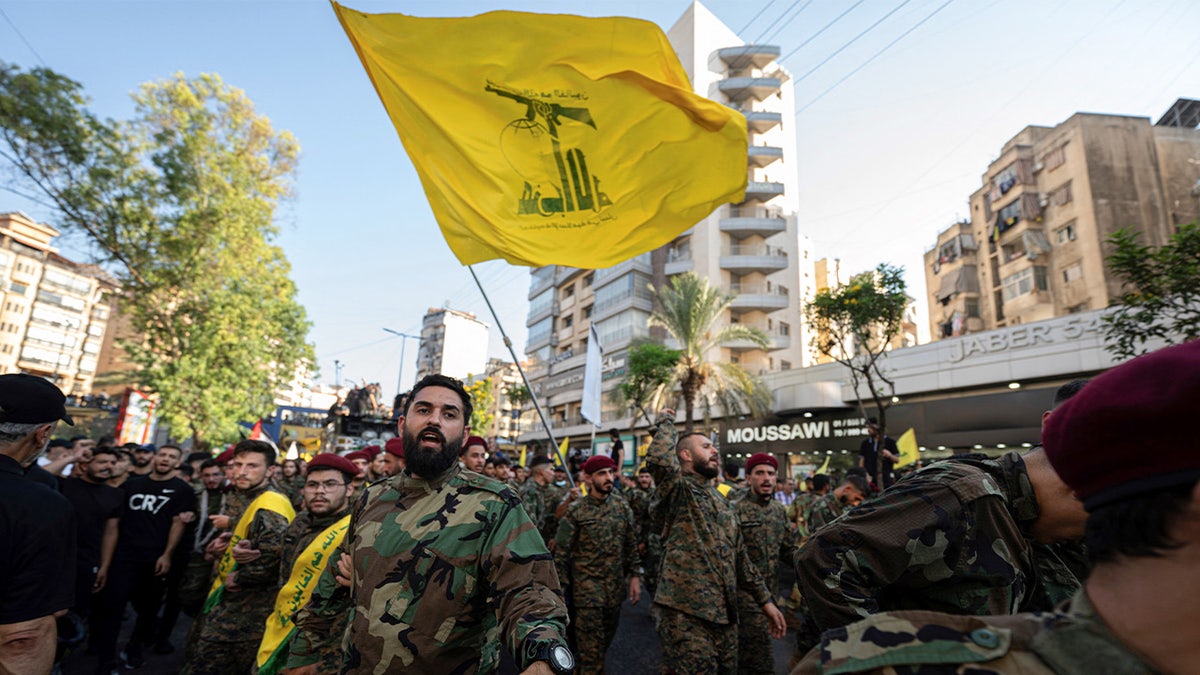
“We should initiate the war against Hezbollah,” he said, noting that the timing of its operation is the main variable that needs to be determined.
“It will not be an easy job. It will be a very, very devastating war for us and for Lebanon,” the retired major general said. “Remember that at least 50% of their missiles had been hidden within populated areas.
“The casualties will be huge, [a] devastating war for us and for them,” Amidror continued. “This is why it is so problematic to fight these organizations, because they are fighting from within their own population, [and their] targets are the Israeli population.
“When you fight from within civilians and your targets are civilians, it’s very complicated to fight it,” he added.
Read the full article here




